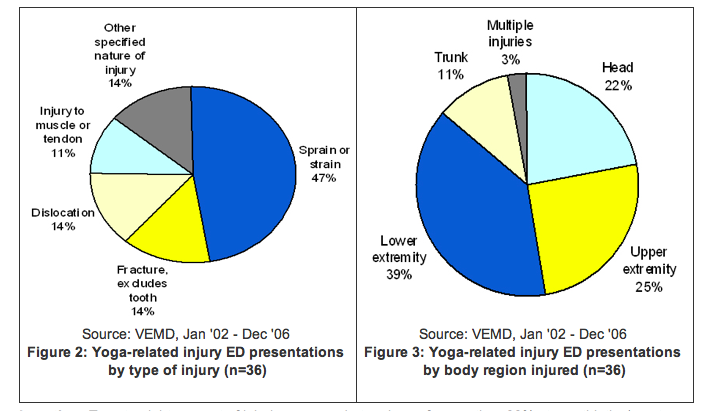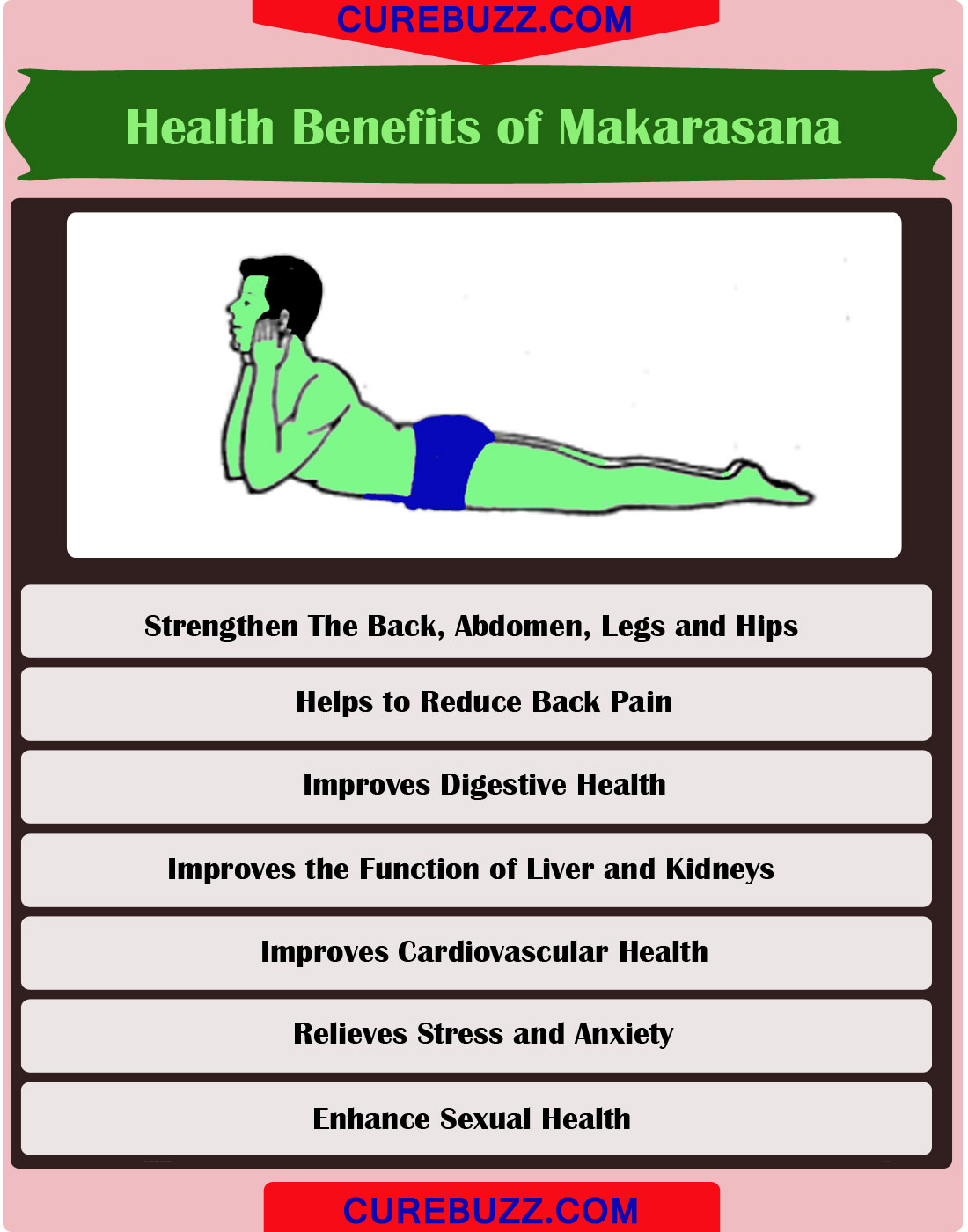
The overall experience of a yoga class is the most important aspect. These qualities should be evident in every yoga sequence. Every class should also focus on specific aspects. When sequencing yoga poses, you should consider the time of day, season, moon phase, and current events. It is important to stay focused on your goals. Here are some tips on how to make a yoga sequence that works: Pick the best postures for your classes.
First, determine when you want to teach the poses. Begin with a warmup yoga sequence. More experienced yogis could also use it to avoid injury. Part one is for beginners and requires sitting comfortably on a bench or block. Part two can be practiced next. You can add advanced variations to the sequence to make it more difficult.
Once you have chosen your peak poses, consider incorporating some stretches or meditations into the sequence. This will allow students to become more aware of their bodies alignment and help them understand peak poses better. Your students' needs should be considered when planning your sequence. Beginners should begin with asanas that are simple to perform. These asanas should be practiced slowly and gradually during the class.

Your students' physical requirements should be considered when you design the sequence. Your students should be able perform the top postures by the third class. If the yoga class is structured correctly, the sequence should feel invigorating and comfortable. Moreover, you should remember that the main focus of yoga is process, not result. It is important to enjoy the practice as well as the journey. If you do this, it should go well. You should be truthful with your body, breath and the rest of the class.
Before teaching yoga, it's important to know the needs and abilities each student. A good yoga class will move students through poses with ease and make them feel comfortable. It will also give you confidence as a teacher. Make sure your students have the right yoga experience. Beginners should avoid starting a class in a seated posture. The posture should be followed by a stretch. It is important to avoid bad postures.
Teaching yoga classes should be easy. An example: A beginner might require more time to master the basic poses. You may need to spend more time doing the poses. You must also be aware of the students' abilities when teaching a class. Some students may require more time to adjust to new injuries.
Yoga sequences are very important and will help students reach their goals. It is vital to practice the correct postures and in the right order. You need to be able recognize the importance and significance of each posture in a yoga class. You should choose the poses that suit your students. It is important to respect your students' needs. Respecting their needs is vital. If you can't teach yoga classes effectively, you'll be able to teach a good class to your students.

It is crucial to use a sequence of yoga poses. It allows you incorporate the poses in a class. You don't need to go to a yoga class. You can do your practice in your own home. Try to create a playlist that works for you. This is a great way not only to teach yoga classes but also to increase your confidence. By doing this, you will feel confident in yourself and your ability as a teacher.
It's a great way for students to have a wonderful experience. If you create a sequence that works for you, your students can learn to follow it. By practicing, you'll be able to create an amazing class. You will also be more likely to make your students feel comfortable and happy, too. This is your greatest teaching gift. This will ensure students have a pleasant experience.
FAQ
How Metabolic health is key to aging well
People are living longer lives today than at any point in history. But as they do, they're also getting sicker. Our current medical science approach is not working, even though we've made many advances.
We have to change how we see health and aging. We have to start looking at metabolic health - not just weight loss but overall wellness - as the key to healthy aging.
To live a full and active life, your metabolism should be healthy all your life.
There are many methods to improve your metabolic state. One of those ways is to incorporate these 7 foods into your diet:
-
Resveratrol has been proven to increase cellular longevity. They are also rich in vitamins C & E and antioxidants.
-
Beans like lentils and pinto beans are excellent fiber and plant-based protein sources. These nutrients keep blood sugar levels stable so that they don't spike or crash.
-
Broccoli contains the antioxidant sulforaphane. This has been shown in studies to protect DNA. It could even slow down the growth of cancer.
-
Chia Seeds have high levels of omega-3 fatty oils and fiber. They are rich in protein and antioxidants. All of these nutrients help promote heart health, brain function, and gut health.
-
Green Tea has polyphenols called catechins. Green tea catechins have been shown to reduce bone fractures, heart disease, cognitive decline, diabetes risk, and other health issues.
-
Salmonis a great source of lean protein. It is low in saturated fat and high in vitamin D.
-
Walnuts are rich in omega-3s as well as antioxidants such alpha lipoic acids (ALA). ALA boosts energy production and reduces inflammation.
How can I lose weight by avoiding certain foods?
Avoid trans fats. Trans fats raise LDL (the bad) cholesterol levels and reduce HDL (the good) cholesterol levels.
Trans fats are commonly found in fast food, deep-fried and packaged baked goods as well snack cakes and other processed foods.
These unhealthy fats cause inflammation which leads to heart disease, diabetes, and other health problems.
Artificial sweeteners are also to be avoided. Artificial sweeteners increase the risk of getting cancer.
These chemicals are found everywhere, from soft drinks to chewing candy to candy bars to chewing gum. They are also found in poultry, eggs, meat and fish.
Artificial sweeteners are saccharin (cyclamate), sorbitol and aspartame.
The American Heart Association suggests that you avoid these chemicals as they can cause DNA damage in your cells.
Do Men Need A Gym Membership?
For men, a gym membership is not required. If you sign up for a gym, however, your money will be much more valuable.
Most gyms offer free trial memberships, allowing you to try out the facilities before paying any fees.
You can use the gym whenever you like, and it won't cost anything. Your membership can be cancelled at any time you choose to love it or not.
Statistics
- Get free shipping and 25% off today. (healthline.com)
- According to the American Academy of Dermatology (AAD), men over 50 are at a heightened risk of developing it. (healthline.com)
- According to the American Heart Association, blood pressure should be checked at least once every two years, beginning at age 20. (my.clevelandclinic.org)
- Are You One of the 20% of Guys (mh.co.za)
- By John Thompson Take a whopping 38% off a set of PowerBlock Pros. (menshealth.com)
External Links
How To
How can I burn fat while exercising?
Exercise can help you burn calories and increase your metabolism.
If you exercise with moderate intensity, you can safely lose weight.
To burn fat while exercising, follow these tips:
-
Cardio exercises like walking, running (or jogging), swimming, cycling, running, and/or elliptical training are all good options.
-
You can exercise for 30 mins three times per week.
-
You can lose weight by adding strength training to the routine.
-
Avoid doing intense exercises. It is possible to build muscle without destroying muscle tissue.
-
During exercise, drink plenty of water. Water flushes out toxins, and keeps your body properly hydrated.
-
After working out, make sure to drink low-fat proteins shakes. Protein shakes help repair muscles and boosts energy.
-
You can eat smaller meals throughout the day so that you don't feel hungry in between meals.
-
Don't skip breakfast! Skipping breakfast can cause you to feel tired and sluggish.
-
Mental health is important. Stressful situations may slow down your metabolism.
-
Keep a positive attitude. Studies have shown that people who are convinced they are overweight gain more weight than those who feel they look attractive.
-
Sleep enough. It is harder to lose fat if you don't get enough sleep.
-
Keep active. Move around at least once an hour.
-
Maintain a healthy diet. A healthy diet will help you feel fuller for longer.
-
Find relaxation techniques. An anxious mind won't allow your body release stress hormones, which can lead to the destruction of muscle tissue.
A balanced diet contains all necessary nutrients for growth and development.
You should eat six small meals per day rather than three large ones. This allows your body to properly digest what you have eaten.
Calcium is required to support strong bones. Calcium is found in dairy products like yogurt, fortified milk beverages, orange juices, cereals and bread.
Calcium is found in leafy vegetables, beans and tofu, as well nuts, seeds and cheese.
Vitamin D is required by the body to absorb calcium. Vitamin D can be found in egg yolk, fatty fish, and other fortified foods.
Vitamin E is crucial for skin health. Vitamin E can also be found in vegetable oil, wheat germ oils, peanuts as well almonds, sunflower seeds and corn.
Your body requires zinc for normal immune function and wound healing. Zinc is found in seafood, oysters legumes meats, whole grains, whole grains and meats.
Zinc deficiency can cause fatigue, loss of appetite, depression, and impaired immunity.
Too much sugar leads to insulin resistance. This results in higher blood glucose levels. Insulin resistance leads directly to weight gain.
Insulin resistance occurs when the bloodstream is full of free radicals. Free radicals are molecules that have unpaired electrons, which can cause damage to cell membranes or other parts of your body.
The main sources of free radicals are food additives.
Free radical damage can lead to cancer, heart disease, diabetes, arthritis, asthma, and aging.
To prevent free radical damage, eat a healthy diet rich in antioxidants. Antioxidants protect against oxidative damage.
Vitamin C, beta carotene (found within citrus fruits, carrots, sweet potatoes and spinach), Vitamin E (found inside nuts, olive oils, avocados and eggs), and Vitamin C (found among mangoes.
Other antioxidant nutrients include selenium, copper, manganese, and zinc.
Selenium is known to protect cells from the oxidative damage that free radicals can cause. Selenium can also be found in Brazil nuts (tuna), liver, kidneys and shrimp.
Copper protects the brain and eyes as well as the lungs and red blood cells. Copper can be found in shellfish and poultry as well as meat and organ meats.
Manganese plays an important role in bone structure. Manganese is found as a component of bone structure in brown rice (spinach, bananas), prunes, raisins and oatmeal.
Zinc is required for normal growth, reproduction and wound healing. Zn can be found in lean cuts, white fish, poultry, eggs, and other foods.